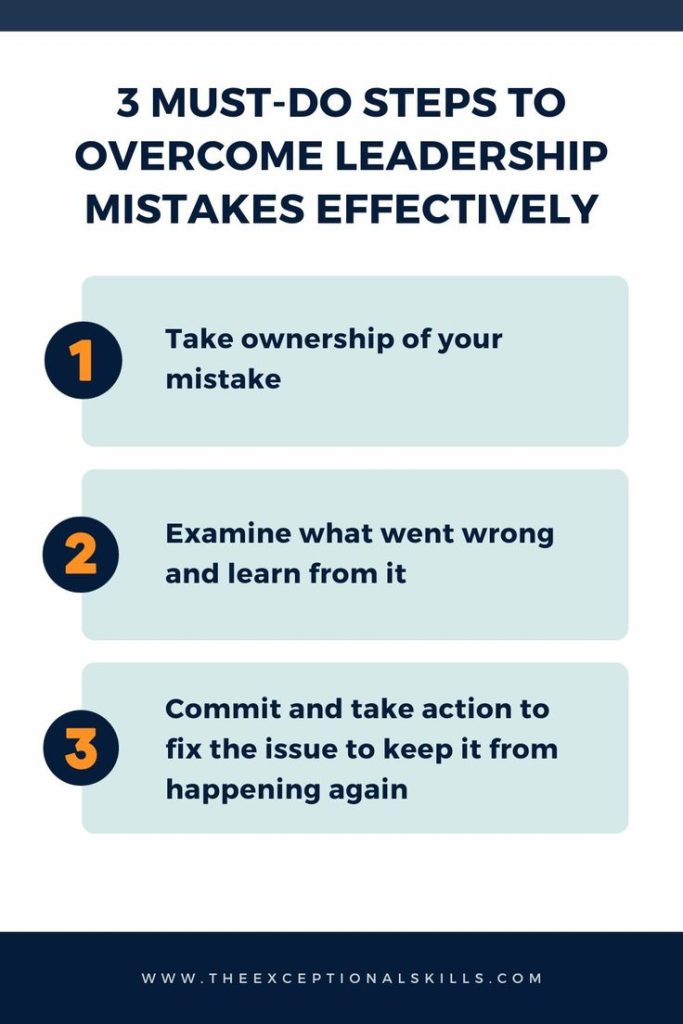
In a rapidly evolving corporate landscape, investing in employee training is crucial for the growth and sustainability of any organization. However, as leaders navigate the complexities of purchasing training content, there are several pitfalls they must steer clear of to ensure their investment reaps maximum benefits. Here are some common mistakes leaders should avoid when buying training content:
1. Not Assessing Training Needs Accurately: One of the primary mistakes leaders make is not conducting a thorough needs assessment. Without understanding the specific skills and knowledge gaps within their workforce, leaders may purchase generic training content that does not address their organization’s unique requirements.
2. Overlooking Customization Options: Many off-the-shelf training solutions may offer some level of customization, yet leaders often fail to take advantage of these options. Customizing content to reflect the company’s culture, procedures, and values can significantly enhance the relevance and impact of the training.
3. Neglecting Learning Styles and Formats: Employees have diverse learning styles and preferences. A one-size-fits-all approach to training content can lead to disengagement and ineffective learning outcomes. Leaders should seek out a variety of content formats – from interactive e-learning modules to video tutorials – that cater to different preferences.
4. Ignoring Quality in Favor of Cost: While budget constraints are a reality for all businesses, compromising on quality to save costs can be counterproductive. Low-quality training content may not only be ineffective but also risks damaging employee morale and productivity.
5. Failing to Plan for Scalability and Future Needs: Training needs evolve as businesses grow and technologies change. Leaders should avoid purchasing overly rigid training programs that cannot adapt to future requirements or scale with the company’s growth.
6. Underestimating the Importance of Support Services: The quality of after-sales support services such as technical help, content updates, and customer service can greatly influence the success of training programs. Yet, these factors are often undervalued during the purchasing process.
7. Skipping Pilot Testing or Reviews: Testing a sample module or conducting a pilot program with a select group of employees provides valuable insights into the effectiveness of the training content. Skipping this step may lead to committing larger resources toward an unproven product.
8. Disregarding Employee Feedback: Ultimately, training is for the employees’ benefit; thus their feedback is invaluable. Not involving them in the selection process or ignoring their input regarding current programs can result in less-than-optimal choices for new content acquisitions.
9. Overlooking Measurement and Analytics: Without mechanisms to measure the success of training initiatives through analytics and reporting tools, quantifying ROI becomes difficult. Leaders must ensure that purchased content includes features for tracking progress and evaluating performance.
10. Neglecting Continuous Improvement: The acquisition of training content is not a one-time event but part of a continuous improvement process within an organization’s learning culture. Re-evaluating training materials regularly ensures that they remain current and effective in developing employees’ skills.
In conclusion, when purchasing training content, it is imperative that leaders take a strategic approach by avoiding these common mistakes. Careful consideration before buying can greatly influence employee development, engagement, productivity, and ultimately contribute substantial benefits towards organizational success.
